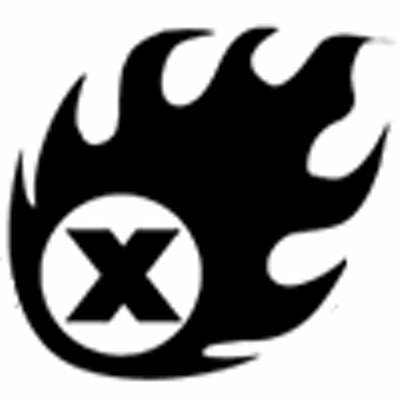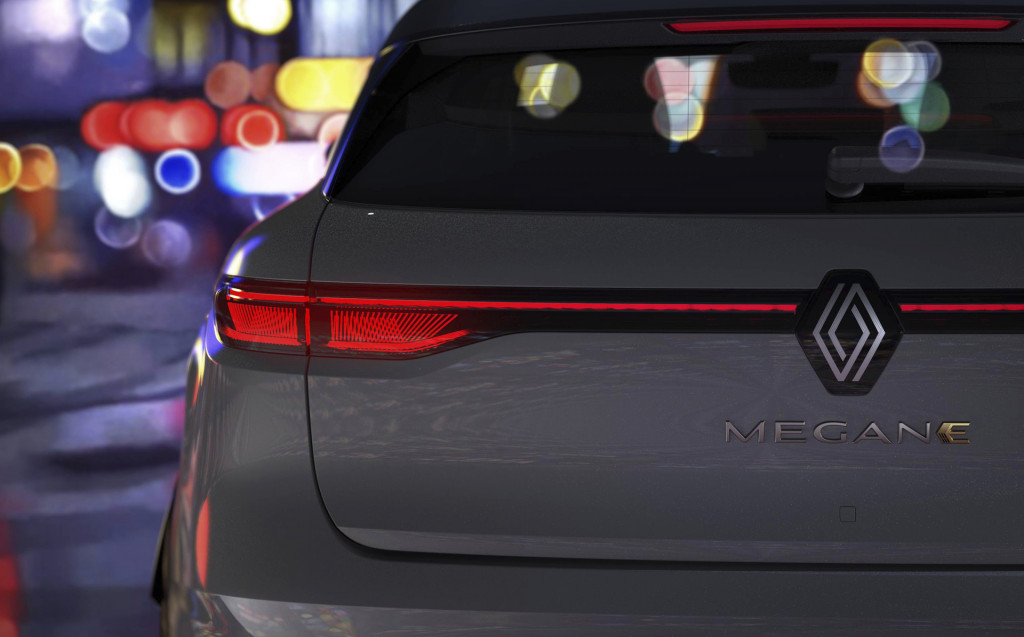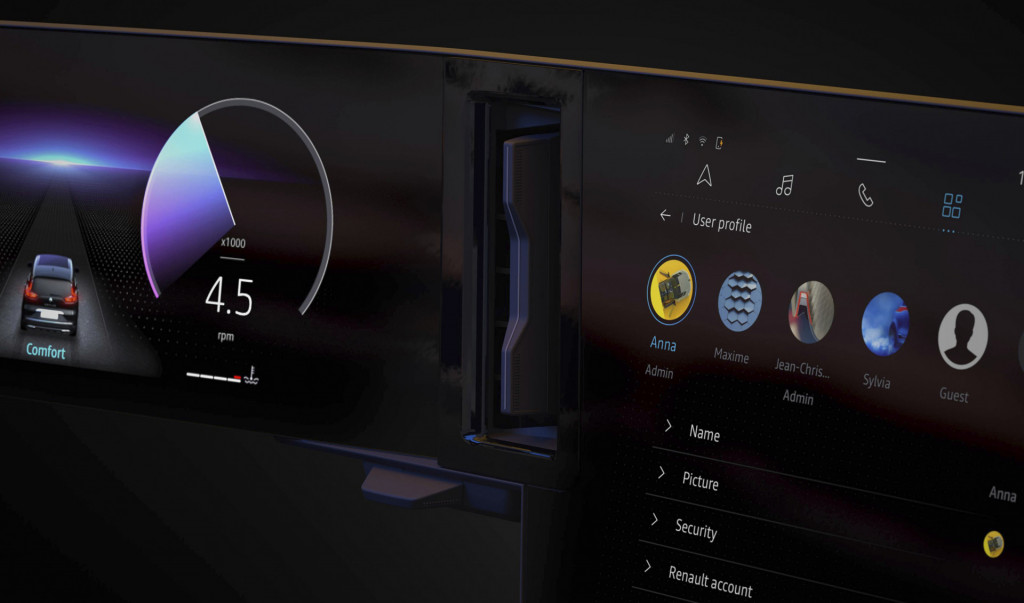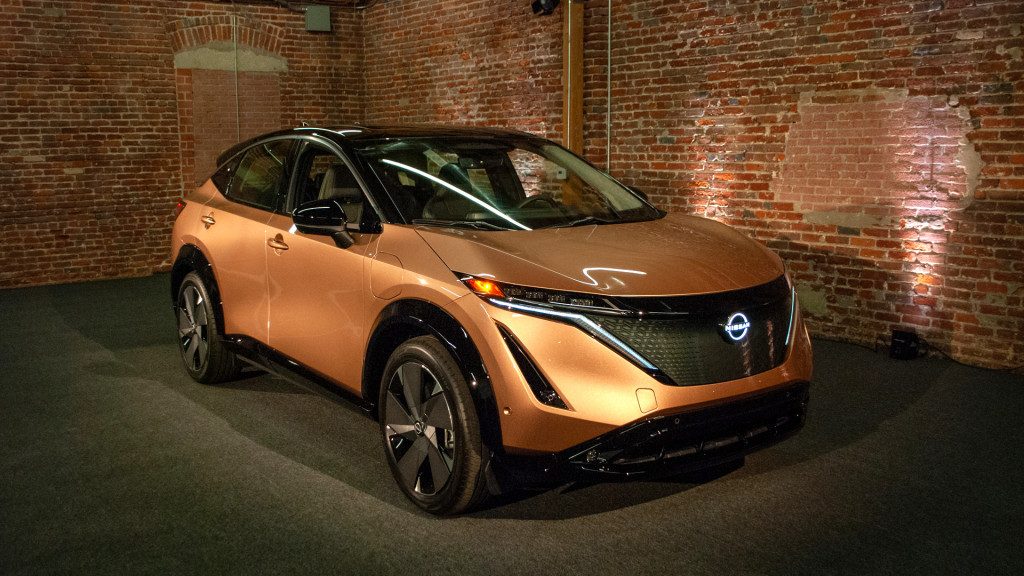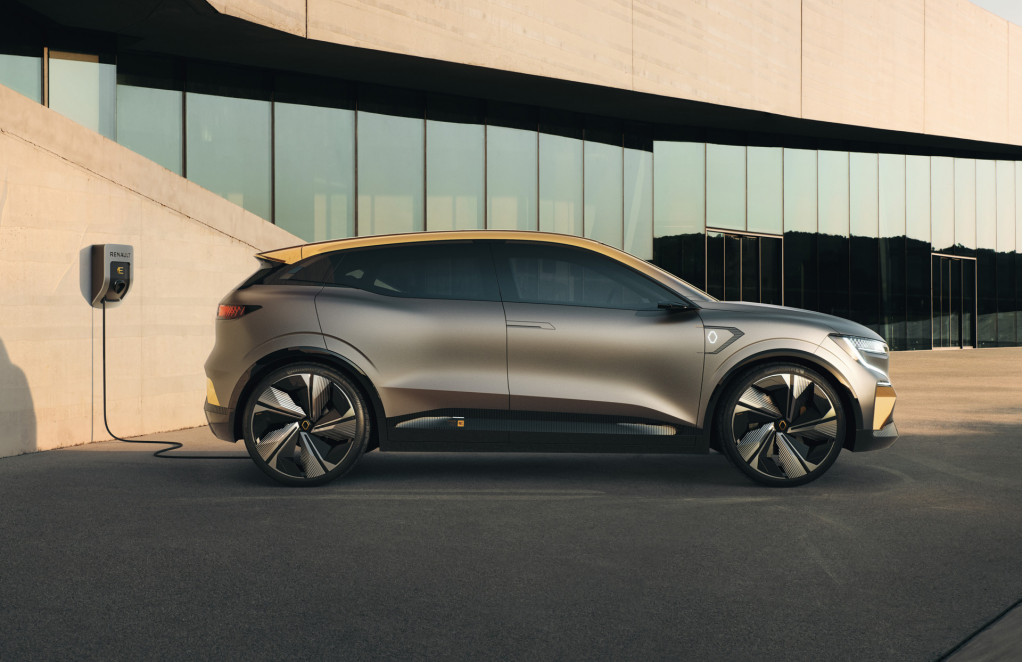Over 800hp. Over 200mph. Overwhelming and overpowering, this absolutely epic Pure Turbo BMW M4 build is on another level.
Feature first appeared in Performance BMW. Words: Elizabeth de Latour Photos: Chris Frosin
There are different levels when modding a car – we can probably split them up into roughly three categories. You’ve got your light mods, so the basic things like wheels and springs, a few very small cosmetic mods, an exhaust, that sort of stuff. Then you’ve got the middle tier of mods, and here we’ll find more serious stuff, substantial styling upgrades, more serious performance mods, more expensive wheels, coilovers, stuff that makes your car start to stand out from the crowd. Then you’ve got the serious mods category and this is where we’d put things that are big enough and expensive enough to make them something that not everyone can easily do. We’re talking things like big turbo upgrades, superchargers, race seats, roll-cages, custom wheels and resprays, the sort of stuff that’s really top tier, that represents a small proportion of all the examples of that particular car, and the sort of builds that you’ll see on the front cover of PBMW, for example. But, there is a fourth, secret, hidden level, and that’s reserved for the cars that really just go all out in some way that makes them truly exceptional, like being the fastest stock-engine M4 in the country, for example, which is what you’re looking at here.

Most people who end up here, at this point, with this sort of car, had it all planned out. They knew what they wanted to do and how to get their car exactly where they wanted it. But it’s fair to say that owner Ali Clarke is not that guy. This is his first BMW, it’s his first proper project car and it’s his first time experiencing that slippery modding slope that all too often leads you to take your car further than you ever could have envisaged or imagined and that’s exactly what happened with this build. So how did Ali end up owning an M4 Competition in the first place? “I’ve always heard that BMWs were proper drivers’ cars and I liked the German build quality, and there was also something special about the M division that I felt I had to experience,” he says and those are all excellent reasons to want to get behind the wheel of something Bavarian. “I was fixed on the M4 as at the time the M2 Competition wasn’t out. I wanted something with a big engine that was turbo’d, but didn’t have rear doors. This fitted the bill perfectly. I’d been looking for a few months, and it was quite hard to find an M4 Comp with the spec I wanted. This car had the full leather dash, heads-up display, surround cameras and a host of other options I wanted. I also really liked the way Mineral white looked in the sun. The car was up for sale at a BMW dealership, had only covered 10k miles and was in excellent condition. The dealership didn’t seem to know the true spec of the car, so I got a great buy,” he grins and so with that he got his first taste of what BMWs are all about.
Obviously, Ali had some plans for the car, because he knew what he was buying and he knew he wanted to tap into the M4’s hidden talents and unleash some of that power potential, but it’s fair to say his plans weren’t very grand at all, to begin with. “I expected to remap the car, having read previously about the power gains and the way that maps actually improve the driving experience (these cars are known to be quite jerky stock). But I certainly didn’t intend to catch the modifying bug so badly!” he laughs but it’s fair to say that he has no regrets about just how far he’s taken this M4.

Things did indeed start off with a map, that being a bootmod3 Stage 1 off-the-shelf one and it hit the spot, momentarily at least. The trouble with power is that you quickly get used to it, so while that remap felt impressive initially, Ali soon got used to his M4’s new level of performance and so it was only a few months later when he went looking for his next hit. Things really snowballed from there, eventually ending up with the aftermath of the ensuing modding avalanche that you see before you, all of it enabled by Tom Wrigley Performance, which is responsible for putting together the entire build. Pop the bonnet and you will instantly see that this is definitely not a stock S55 but to get to the real meat of the mods we need to delve beneath the surface.
The key to all that power is the pair of Pure Stage 2+ turbos that have been fitted and they are joined by a seriously strong supporting cast of performance upgrades. There’s a custom methanol injection setup based around a Torqbyte controller, a Maximum PSI crank hub, a set of Wagner radiators, a Wagner chargecooler and DCT cooler, VRSF cold side charge pipes, BMS Elite hot side charge pipes, ITG air filters, NGK gapped spark plugs, VRSF cat-less downpipes and an AA mid-pipe, while everything is overseen by a bootmod3 F80Paul Stage 3 map with several different switchable maps for different fuels plus meth for each one. That’s some seriously heavyweight performance upgrades and they add up to an incredible amount of power; “The car has only been dyno’d on the V-Power plus meth map, using a Dynojet,” explains Ali, “and it made 802hp and 671lb ft of torque; on this map the car does a 5.02-second 100-200km/h (62-124mph) time and at VMAX200 it did 201mph, from a standing start,” and that’s incredible stuff, but that’s just for starters. Once you get off the pump fuel and onto the hard stuff this S55 kicks things up a notch and it’s clear that this engine is deep into 800hp+ territory. “On the race fuel map it has done a 4.9-second 100-200km/h time while on the E85 map it did 4.78 seconds and 60-130mph in 5.7, which makes it the fastest stock-engine M4 in the UK,” smiles Ali and that’s awesome stuff, and is especially impressive considering it all began with just a map…

While the engine is a major part of this build it’s not the only part and Ali has put a lot of work in across the whole car, not least of all the chassis, because while the F8x feels good from the factory when it’s channelling 431hp you can’t almost double that and expect it to be able to cope. “Öhlins R&T coilovers were fitted as these were a great middle-ground for my type of driving,” explains Ali. “They helped to put the power down, and allowed the flexibility when setting up the car for different events,” he says. “The brakes were upgraded to an AP Radi-CAL kit with 390mm discs, with the calipers painted in Lambo yellow. Since the shoot these have been swapped to an AP Pro 5000 R kit, to support 18” wheels and a wider range of race pads,” he adds, while at the rear the stock M4 brakes have been retained. Obviously, this build is more about performance than looks, so while the Öhlins coilovers have been used to lower the car, it’s not slammed on the ground and has instead been set up for optimum handling and to best put all that power down. Currently, this M4 sits on its stock wheels, which is no bad thing as, for a standard BM design, they look pretty good, but that’s all due to change soon; “I had always liked the design of the BMW 763M wheel as found on the CS. However the fact that they are 19” front and 20” rear makes it quite hard to find tyres such as the R888R in these sizes, so I’ll be getting another set of wheels in 18” to allow for a greater choice of rubber,” says Ali.

In terms of appearance, something like an M4 is never going to be considered a sleeper by its very nature, but you can certainly enhance its looks while still keeping it subtle, which is precisely what Ali has done and there are absolutely zero hints that you’re looking at an 800hp+ build and the fastest M4 in the country. “I kept the exterior to an OEM+ type theme,” he says and that has been achieved through a selection of subtle styling enhancements. Up front, you will find an M Performance carbon splitter and corner intake elements plus CarbonWurks headlight eyebrows and carbon grilles. Along the flanks sit carbon mirrors and side blades, while at the rear there are Shadowline LCI lights, a CarbonWurks DTM spoiler, a carbon diffuser and a set of BMS billet slash-cut exhaust tips while finishing touches include an IND yellow tow strap and body-colour surround and IND rear reflector delete pieces. The overall effect is one of enhanced muscularity but it still retains that OEM look, just like Ali wanted.

The interior has also been treated to a nice selection of upgrades both in terms of appearance and from a performance point of view. “The M4 DTM and GTS were heavily involved in my design choices,” Ali explains. “The Recaro Pole Position seats were a must, as I found the factory seats very unsupportive and I also wanted to install a rear roll-cage and harnesses for track use,” he adds. Pole Positions remain one of the sexiest seats you can get your hands on and they look fantastic in any BM you care to mention and suit this build perfectly, as well as delivering the added support that Ali was looking for. There’s plenty more going on in here, with an M Performance steering wheel, complete with suede rim and red centre stripe, and it’s been customised with the addition of a pair of yellow M buttons from IND and a set of gorgeous billet extended paddles, and there’s also a yellow start button from IND. An Aim MXS 1.2 racing data logger is mounted on the steering column when the car’s being used at events and there’s also an M Performance handbrake, armrest and DCT surround plus a full carbon trim kit for that finishing touch.

While everything about this build is impressive, perhaps the most impressive thing is the time taken to transform it from a stock car into a huge horsepower monster ready to hit over 200mph at VMAX. “From receiving the car with no hardware, Tom Wrigley Performance had the car for approximately six weeks, with a strict deadline for the car to be ready for the next VMAX200 event,” says Ali and that’s a very impressive build time. And out of all the mods on board, Ali has two favourites; “This is a hard question to answer, but I think it’s a combination of the Pure turbos and the Öhlins suspension. Together they make the car insanely fast while being so controlled and stable,” he grins and at the end of the day power is fun but it is nothing without control.
As you might expect from a build of this scale and an owner who’s clearly got a taste for modding, Ali is far from finished with his M4; since the shoot, he’s already changed the brakes, fitted a Gosling Racing rear cage in Mineral white along with a rear seat delete and an M4 GTS six-point harness, and there’s plenty more to come. “The seats will be retrimmed to match the GTS design, we’ll fit uprated clutches and build the engine so that more power can be unleashed from the turbos. I’ll also add the rear Pro 5000 R brake kit, full SPL suspension arms, Ground Control top mounts and a set of wheels specifically for track use,” says Ali. We’d say that should keep him busy for a while, but going by how quickly the car went from stock to this obscene level of performance, we’re not so sure. Some people might think that when you reach the top there’s nowhere left to go, but when it comes to power and performance the sky is the limit and Ali’s got his sights set on the stratosphere.

Tech Spec: Pure Turbo BMW M4
Engine and Transmission
3.0-litre straight-six twin-turbo S55B30, ITG air filters, Pure Stage 2+ turbos, custom methanol injection setup based around Torqbyte controller, Maximum PSI crank hub, NGK gapped spark plugs, Wagner radiators and chargecooler, BMS Elite hot side charge pipes, VRSF cold side charge pipes and cat-less downpipes, AA mid-pipe, BMS billet slash-cut exhaust tips, multiple selectable F80Paul bootmod3 maps for different fuel and meth injection. M DCT seven-speed gearbox, Wagner DCT cooler
Power and Torque:
802hp and 671lb ft on V-Power plus meth map
Chassis:
9×19” ET29 (front) and 10×20” ET40 (rear) BMW 763M wheels with 265/35 (front) and 285/30 (rear) Michelin Pilot Sport 4 S tyres, Öhlins Road & Track coilovers, AP Racing Pro 5000 R BBK with DS3000 pads (front)
Exterior:
Mineral white, M Performance carbon front splitter, mirrors and rear diffuser, CarbonWurks DTM spoiler, IND tow strap in yellow with body-coloured surround and rear reflector delete trims
Interior:
Recaro Pole Position seats, BMW M Performance steering wheel with yellow IND M buttons, yellow IND start-stop button, Aim MXS 1.2 racing data logger, BMW M Performance handbrake, armrest and DCT surround, not pictured: Gosling Racing rear roll-cage in Mineral white, rear seat delete, OEM M4 GTS six-point harnesses, Pedal Haus billet pedals



